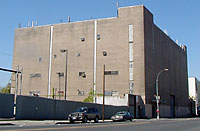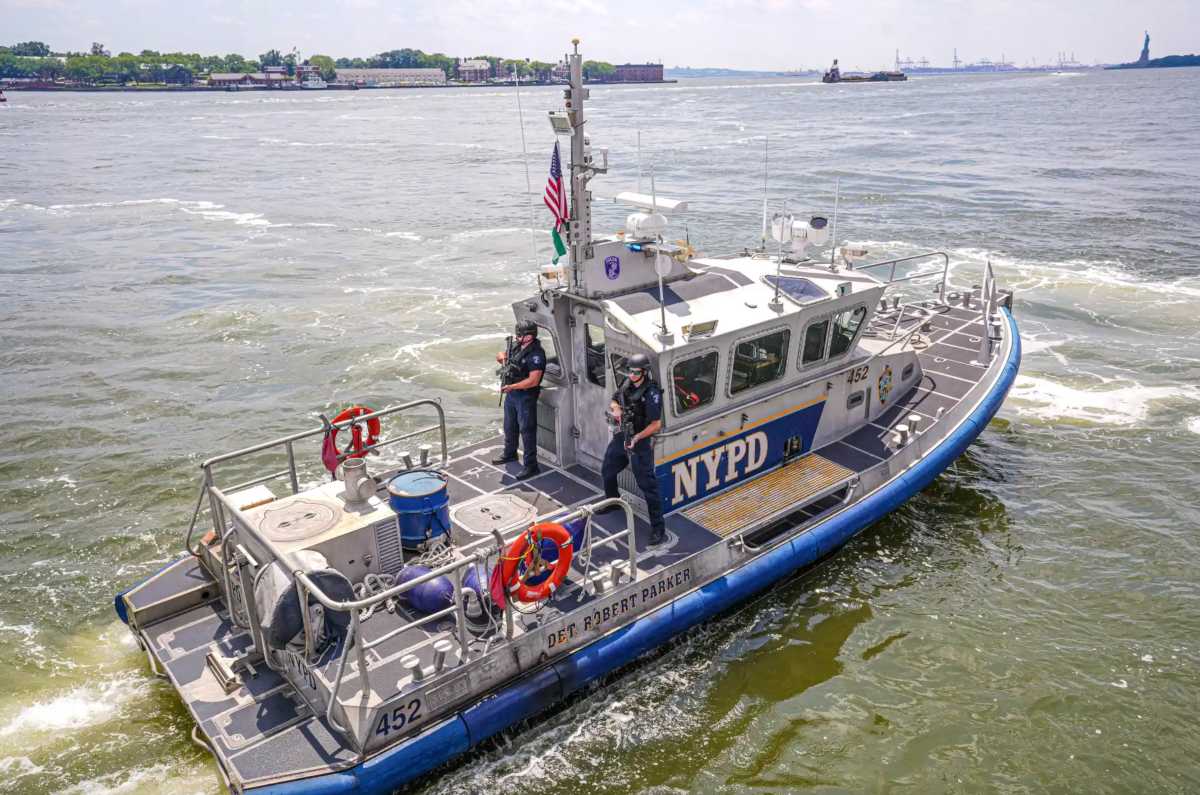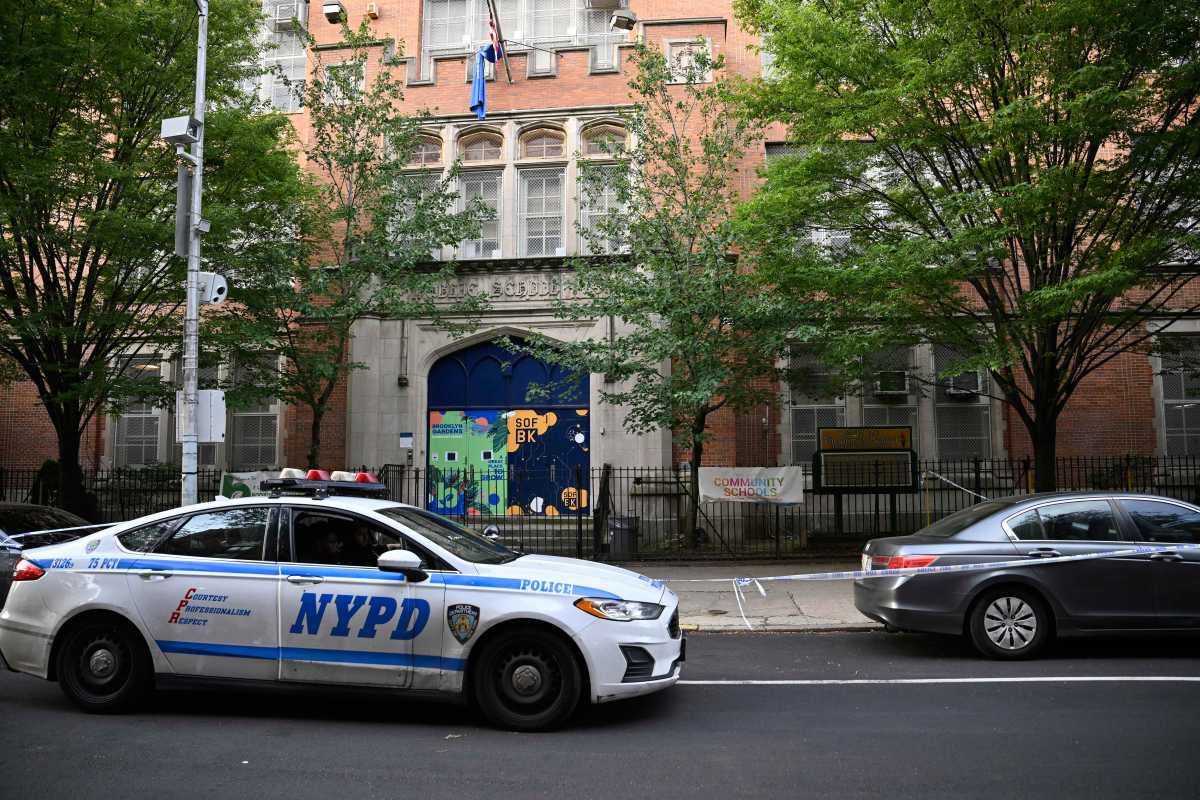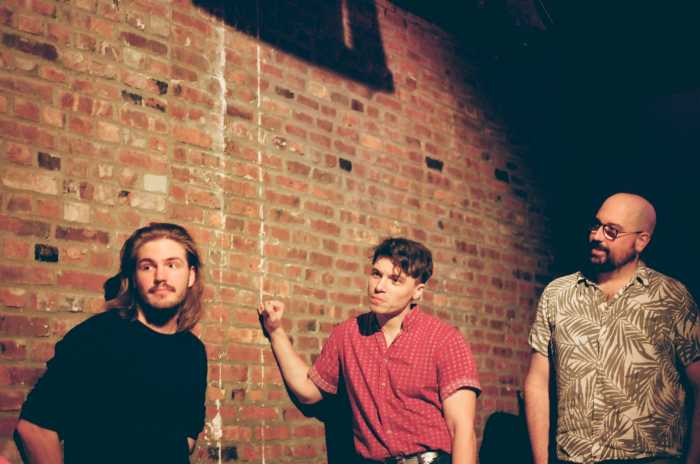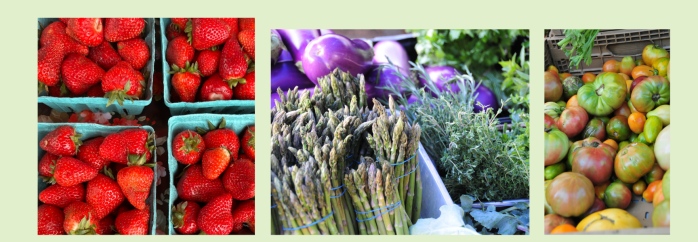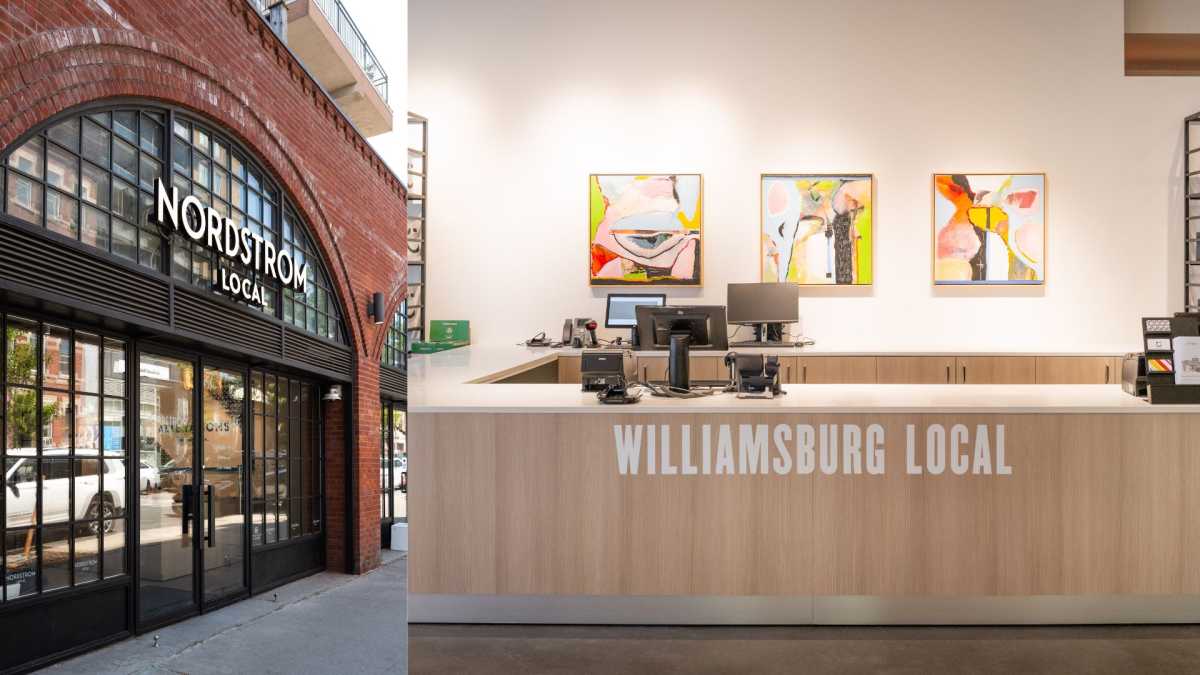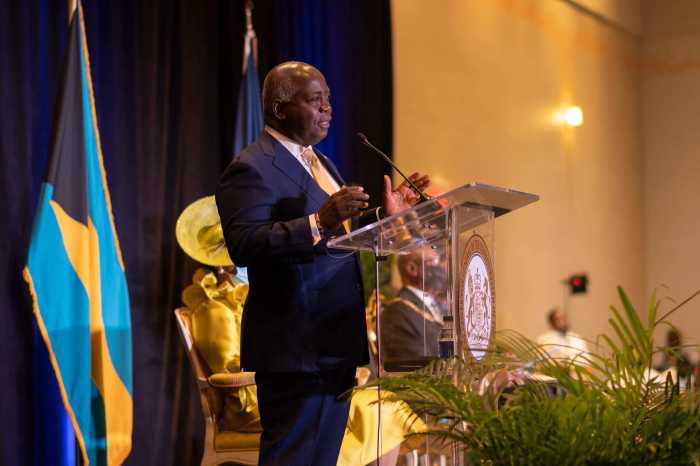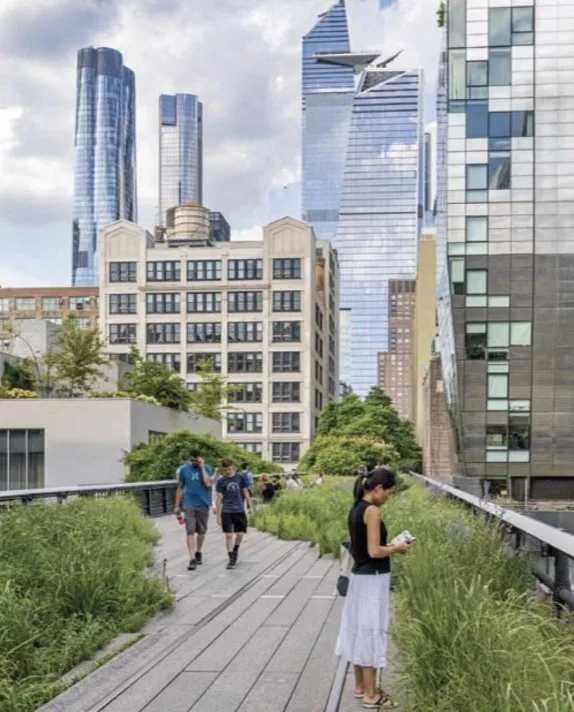A powerful real-estate
developer has bought the Jewish Press building near the Gowanus Canal
— the latest in a series of moves that could transform the industrial
area into a village of housing, stores, art galleries and waterfront esplanades.
“We are very excited about the acquisition of the JP site,”
said Sara Mirski, spokeswoman for developer Shaya Boymelgreen. “The
site provides improved access opportunities to [a] proposed waterfront
esplanade and park” along the canal.
The sale of the building, on Third Avenue between First and Third streets,
coupled with construction of a Whole Foods market one block south and
development along Fourth Avenue one block east, accelerates the perception
that Park Slope is expanding through the old Gowanus neighborhood all
the way to the canal (“Park Slope River,” anyone?).
Boymelgreen has coveted the massive, windowless building — which
until 1965 was a Transit Authority facility — since he began snapping
up canal-area land two years ago, according to property owners nearby.
With the Jewish Press building in his portfolio, Boymelgreen now controls
more than two acres surrounding the canal — land he wants to turn
into “Gowanus Village,”
a mixed-use neighborhood designed by a glamorous international architect,
Enrique Norten.
Boymelgreen would transform the industrial area bounded by the canal,
Third Avenue, and Carroll and Third streets into a neighborhood of four-
to six-story townhouses and 10-story loft buildings.
But he is certainly not the only developer with a vision of reclaiming
the canal. Speculators are increasingly focusing on lots along the canal,
and on once-forsaken Fourth Avenue, hoping to capitalize on the real estate
boom up the Slope and across the canal, in Carroll Gardens to the west.
Toll Brothers, a national corporation best known for Johnny-Appleseeding
the ’burbs with McMansions, already bought two blocks of Bond Street
between Carroll and Second streets, in Carroll Gardens.
And last year, the owners of the Bayside Fuel terminal shuttered their
Sackett Street facility. Their plan is to clean the petroleum-bathed lot
and build nine- to 13-story condos and a gated esplanade.
All three developers have said they are intrigued by a plan being put
forward by the Gowanus Canal Community Development Corporation to turn
the canal zone into a model “green zone” that would make the
area around the Lavender Lake an eco-friendly neighborhood of low-rise,
“green” housing and light industry.
“The plan merits serious attention, but there is no guarantee that
it’ll get that from the city [or developers],” said Phaedra
Thomas, executive director of the Southwest Brooklyn Industrial Development
Corporation.
Local officials believe the city — like its residents — should
create a master plan for the neighborhood before developers, working separately,
begin building.
Threat to artists
Caught in the middle are the artists who have adopted the neighborhood
after being priced out of other creative, low-cost communities.
Down the block from the Jewish Press building and across Third Street
from the Whole Foods site, 140 artists rent studios in The Can Factory,
a former thermometer factory. The owner of the massive brick building
has said he will keep artists there, but artists worry about their colleagues
with less-committed landlords.
“Sure, I’ll be happy when Whole Foods comes, but at the same
time, we need places to work,” said painter Mike Cockrill, who has
rented a studio at the factory since 1979.
Cockrill likens Third Avenue to DUMBO 10 years ago, a factory landscape
inhabited mostly by artists and post-industrial grit. Now the only artists
who can afford DUMBO are the high-end architects designing the next wave
of residential skyscrapers for rich people drawn to the neighborhood that
artists made hip in the first place.
The same fate appears inevitable in Gowanus.
“I am not against residential development, but we should be considering
the displacement of arts businesses,” said Diane Keegan, a researcher
with Center for an Urban Future.


